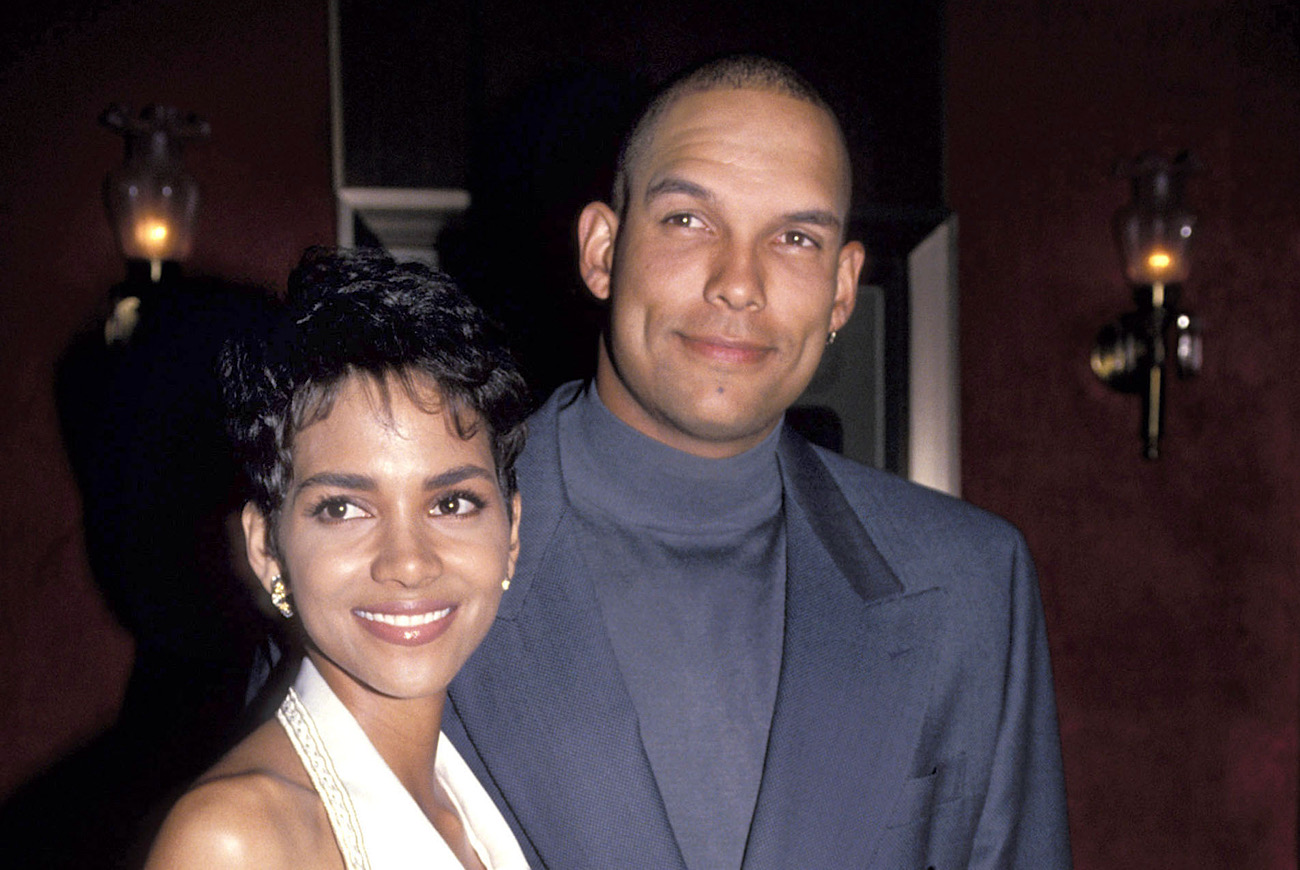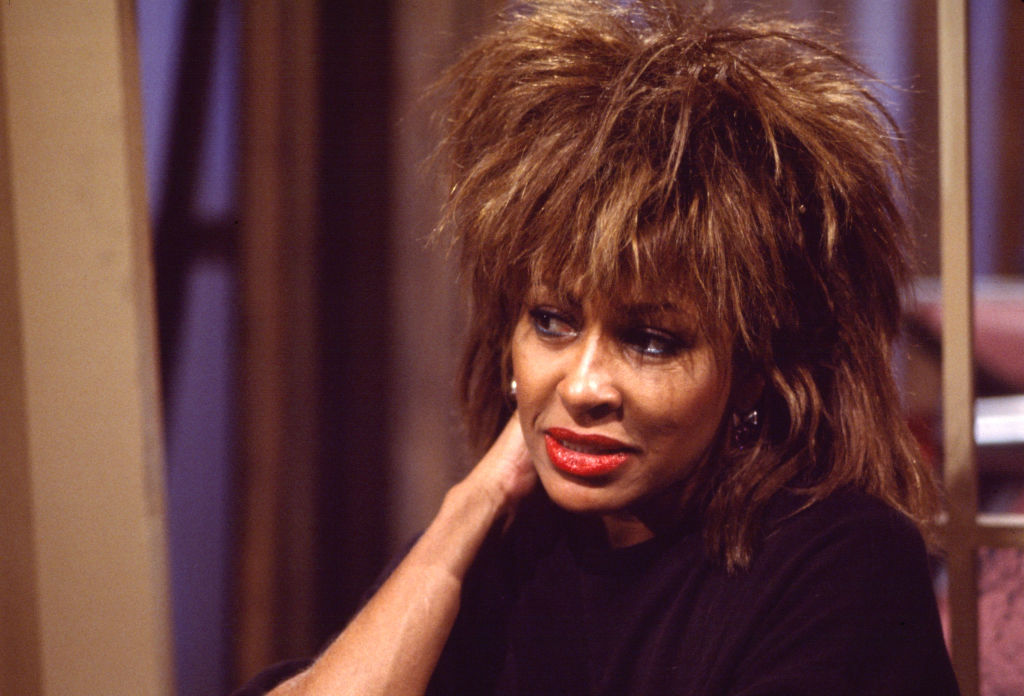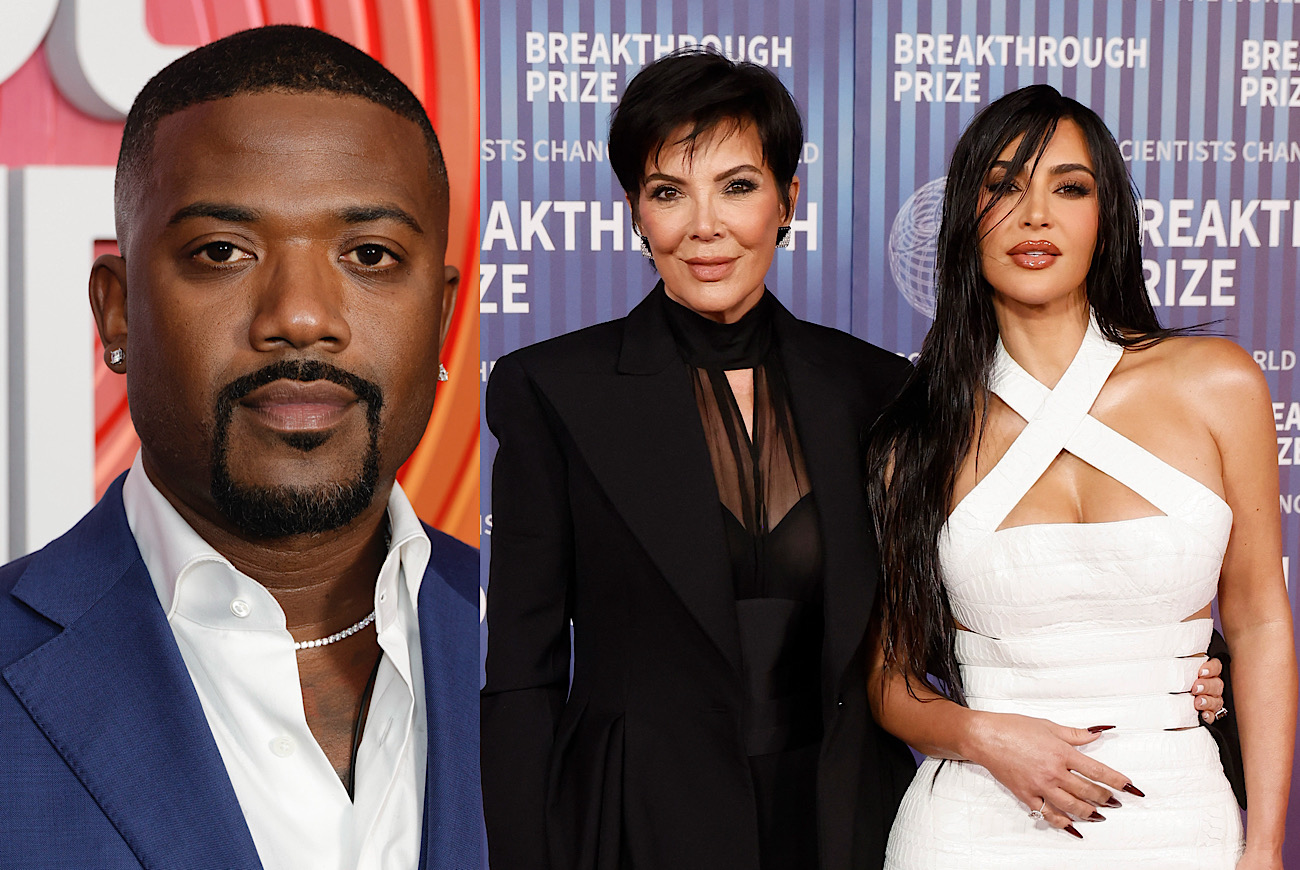By way of the character of Peggy Scott (performed by Denée Benton), “The Gilded Age” explores Black life in Brooklyn, New York within the later a long time of the 1800s, each in parallel and intertwined with their white counterparts that inhabit Manhattan’s Fifth Avenue. Whereas season two gave us a glimpse into the variations between Black life within the North versus life within the South, this season takes extra time to indicate the inner conflicts of the elite Black communities within the North, utilizing Newport, Rhode Island, as its backdrop.
Newport was featured within the present as a summer time vacation spot for the white Manhattan elite in earlier seasons, however Peggy’s budding romance with Dr. William Kirkland (performed by Jordan Donica), who comes from a rich, established household from the seaside metropolis, introduces the viewers to its Black society in season three. And although Peggy comes from a privileged household herself, she is met with classism and colorism from his household, particularly its matriarch, Elizabeth (performed by Phylicia Rashad).
Elizabeth boasts that she comes from 5 generations of Rhode Islanders, together with a free Black great-grandfather who fought within the Revolutionary Battle. The present’s writers stated they included this element to indicate that the Kirkland household didn’t have a historical past of enslavement, in contrast to the Scotts.
Newport’s free Black group was nicely organized lengthy earlier than the Gilded Age. In 1780, town’s Black male residents created a Black mutual help society referred to as the Free African Union Society, which is taken into account the primary of its form. Its feminine counterpart was created later in 1809 and named the African Feminine Benevolent Society, which primarily labored to teach free Black folks and their kids. The Society established one of many first free Black faculties within the nation. By the Gilded Age, Rhode Island’s faculties had been already desegregated. One of many real-life outstanding Black Newport households that impressed the Kirklands was the Van Hornes, whose patriarch, Mahlon Van Horne, turned the pastor for the Society’s Union Coloured Congregational Church and Rhode Island’s first Black legislator. His son, Alonzo Van Horne, was Rhode Island’s first Black dentist.
Peggy’s character has beforehand been used to spotlight the racism of the North, which was totally different from that of the South, however nonetheless very a lot current. Although she attains alternatives and entry by befriending and dealing for the Van Rhijn household, Peggy’s interactions with New York white society vary from discriminatory to lethal. In episode two of this season, she turns into sick on the Van Rhijn home and is bedridden, however their physician refuses to deal with her as a result of she is a Black lady. That is how she finally meets William, as a result of her mother and father must ship a Black physician to Manhattan to deal with her.
What season three of “The Gilded Age” reveals is that Peggy not solely navigates her life as a Black lady, however as a dark-skinned Black lady who experiences colorism. Her love curiosity, William, is light-skinned, as is his complete household. Although the 2 lovers don’t appear to provide this any significance, their households instantly clock this as a difficulty. Peggy’s father, Arthur (performed by John Douglas Thompson), expresses his concern to Peggy’s mom, Dorothy (performed by Audra McDonald), that if Peggy has lighter kids, she’ll be checked out as their nurse as an alternative of their mom. Or that if she has darker kids, William’s household will resent them. He makes these feedback after assembly William’s household, significantly the icy Elizabeth, and watching her make feedback about how her grandchildren want to remain out of the solar to keep away from getting darker.
Throughout the preliminary assembly of the 2 households, Elizabeth reacts disapprovingly at Peggy’s household’s newer cash, significantly Arthur’s, which comes from proudly owning a pharmacy. However one of the vital obtrusive slights by Elizabeth towards Peggy and her household occurs when their dialog reveals that Arthur was born enslaved. This will confuse viewers, as a result of given the interval, many Black Northerners on the time would have come from the South and been born in slavery. However “The Gilded Age” reveals that in elite Black circles, this may very well be seen as taboo. Dr. Kirkland’s mom makes use of this as certainly one of many explanation why Peggy shouldn’t be ok for her son.
Because the finale approaches, Elizabeth, who has didn’t dissuade her son William from courting Peggy, may now have the ammunition she wants to interrupt up their relationship. Within the earlier episode, a buddy in Newport who comes over to gossip reveals to her that Peggy had a baby out of wedlock from a earlier relationship, and that one other household adopted the kid. Upon listening to this information, Elizabeth gleefully travels from Newport to New York to inform her son in regards to the scandal. The finale preview reveals that William will confront Peggy about her secret.
Followers of “The Gilded Age” will perceive that the story is extra sophisticated, and although Peggy did have a baby when she was not married, she believed the kid died throughout start, and came upon a lot later that her father had secretly given the boy away to a household in Philadelphia. When she went to seek out him, she was too late as a result of he had died from scarlet fever.
We’ll discover out if Peggy can (or is prepared to) overcome her potential mother-in-law’s elitism to be with Dr. William. Within the preview, her mom consoles her whereas she’s crying and tells her, “You’re worthy.” Perhaps that message, fairly than whether or not she will safe a life accomplice, is the purpose of Peggy’s arc this season.















